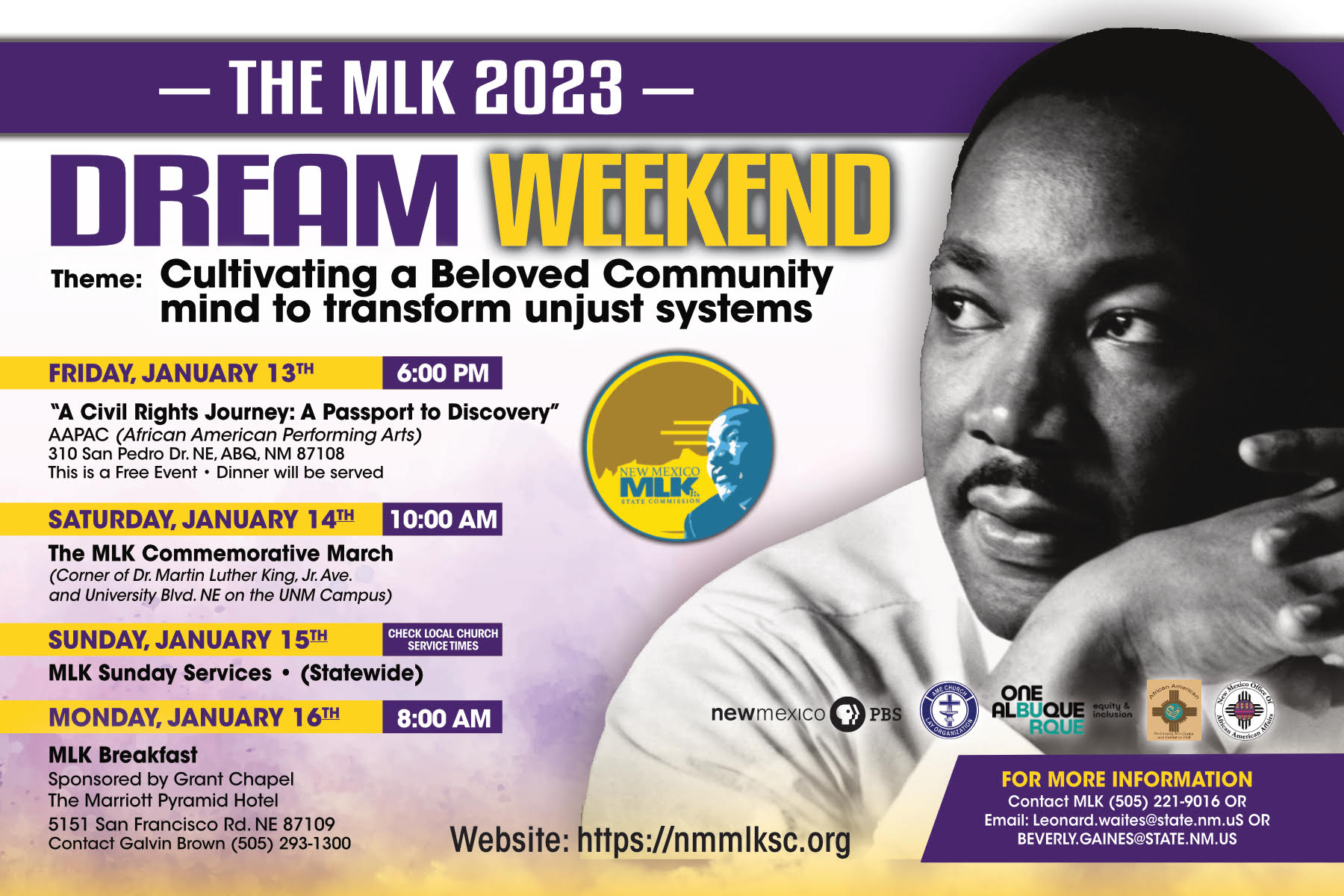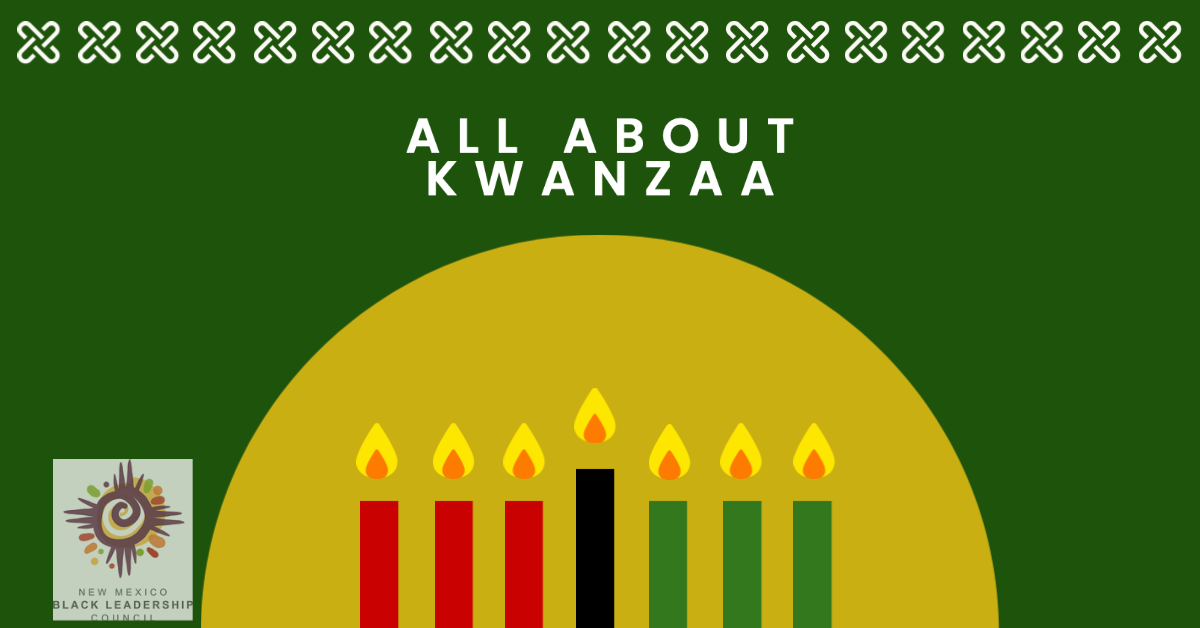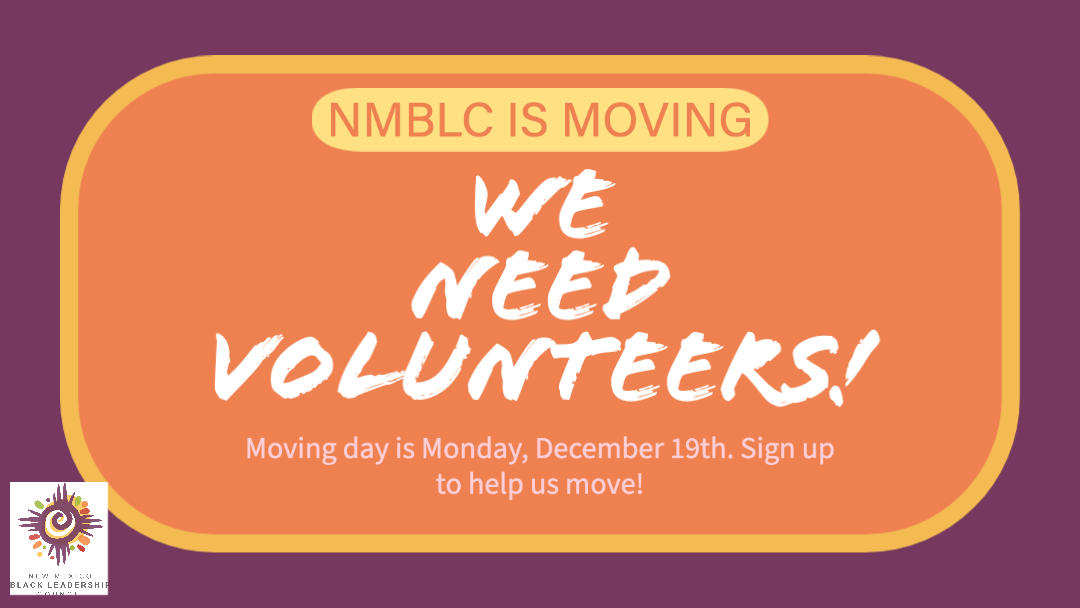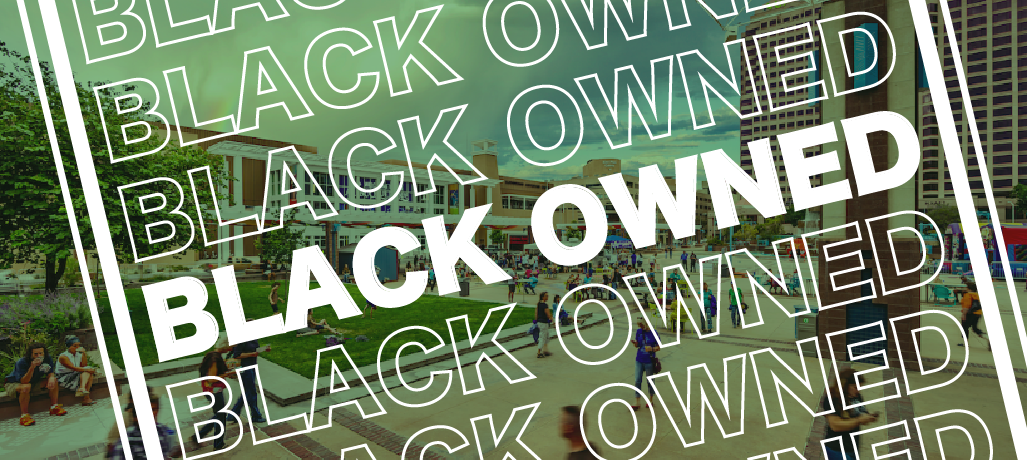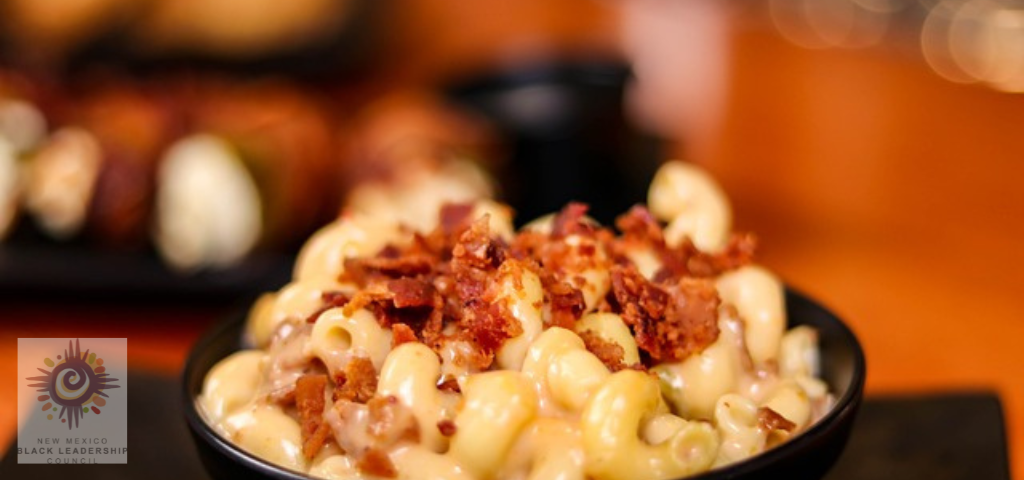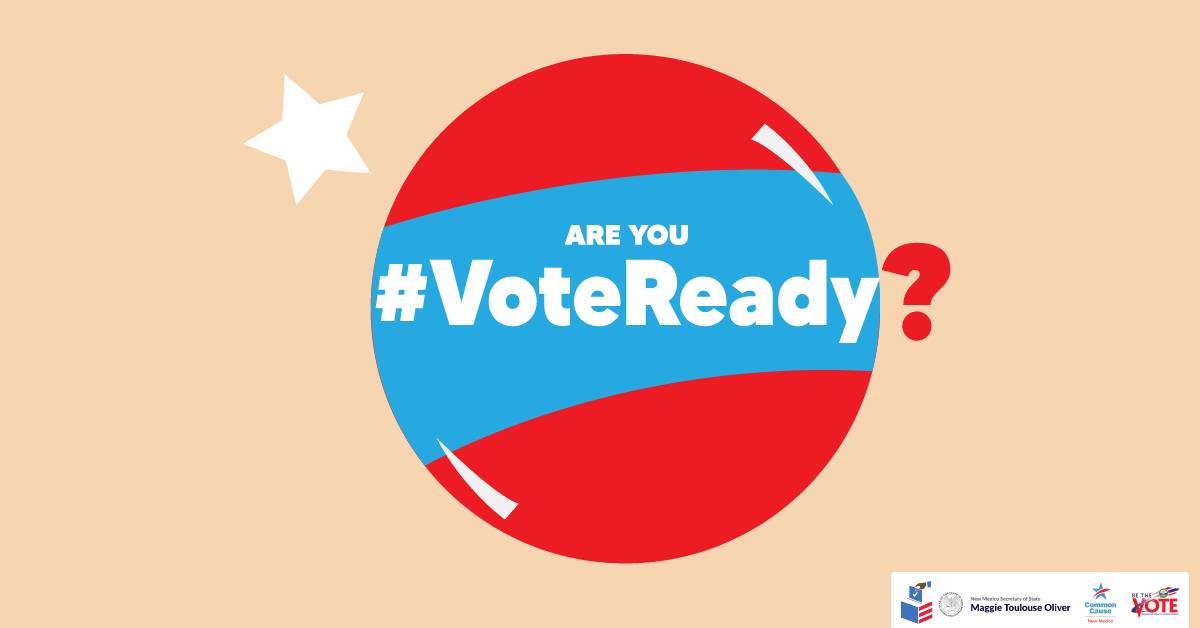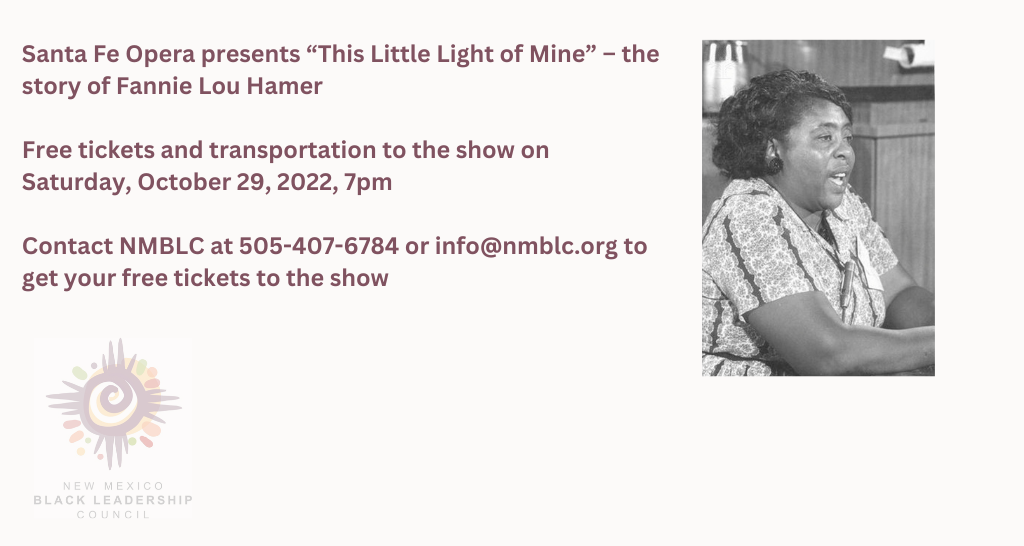Martin Luther King Jr. Day in 2023 is January 16th. The New Mexico Black Leadership Council has your rundown of celebrations happening around New Mexico.
The bill to make Martin Luther King Jr.’s birthday a national holiday was first introduced to Congress in 1979. It didn’t pass. One argument against the bill was the cost. The second argument was that King wasn’t worthy of a holiday. At the time, the only two people recognized with a holiday were George Washington and Christopher Columbus.
That first bill may have died, but the drive to establish MLK Day didn’t. You know that version of “Happy Birthday” that always pops out when Black people are celebrating? That song was written and produced by Stevie Wonder. He released it in the summer of 1981 as part of the campaign to make MLK Day real.
Six million citizens signed the petition for MLK day. President Reagan initially opposed the bill, but approved the bill in 1983. Though King’s birthday is January 15, MLK day is always on the third Monday of January.
Happy birthday to you, Martin Luther King, Jr. MLK Day is January 16th this year. Check the links below for MLK events happening around the state of New Mexico.
Martin Luther King Jr. Celebrations in New Mexico
MLK 2023 Dream Weekend, Friday, January 13 – Monday, January 16, 2023, Albuquerque.
Event Link: https://nmmlksc.org/event/mlk-2023-dream-weekend/
Rev. Dr. Martin Luther King Jr. Mass, Sunday, January 15, 2023, Noon, Albuquerque.
Event Link: https://www.facebook.com/events/667444994861455/
MLK Jr. Day Camps at Nuclear Museum for K-6 Students, Monday, January 16, 2023, 7:30am–5:30pm, Albuquerque.
Event Link: https://www.nuclearmuseum.org/educate/kids-camp/martin-luther-king-jr-day-camp
Race and Intolerance: Jewish and Black Americans by Ron Duncan Hart, Ph.D., Sunday, January 15, 2023, 2pm-3:30pm, Santa Fe.
Event Link: https://www.krqe.com/new-mexico-living-local-events/#!/details/Race-and-Intolerance-Jewish-and-Black-Americans-by-Ron-Duncan-Hart-Ph-D-/11335940/2023-01-15T14
Dr. Martin Luther King, Jr. Rally, Sunday, January 15, 2023, 2pm–3:30 pm, Las Cruces.
Event Link: https://www.lwvsnm.org/event/dr-martin-luther-king-jr-rally/
Annual Martin Luther King, Jr. (MLK) Day of Service, Monday, January 16, 2023, 8:30am–12:30pm, Farmington.
Event Link: https://www.eventbrite.com/e/2023-four-corners-annual-martin-luther-king-jr-mlk-day-of-service-tickets-456333805697
Connect with NMBLC on Social
Read the UpLift Chronicles:
Join the Black Owned Business Directory:
https://nmblc.org/black-owned-businesses/

Shannon Moreau is the Editor of the NMBLC EQ Blog
